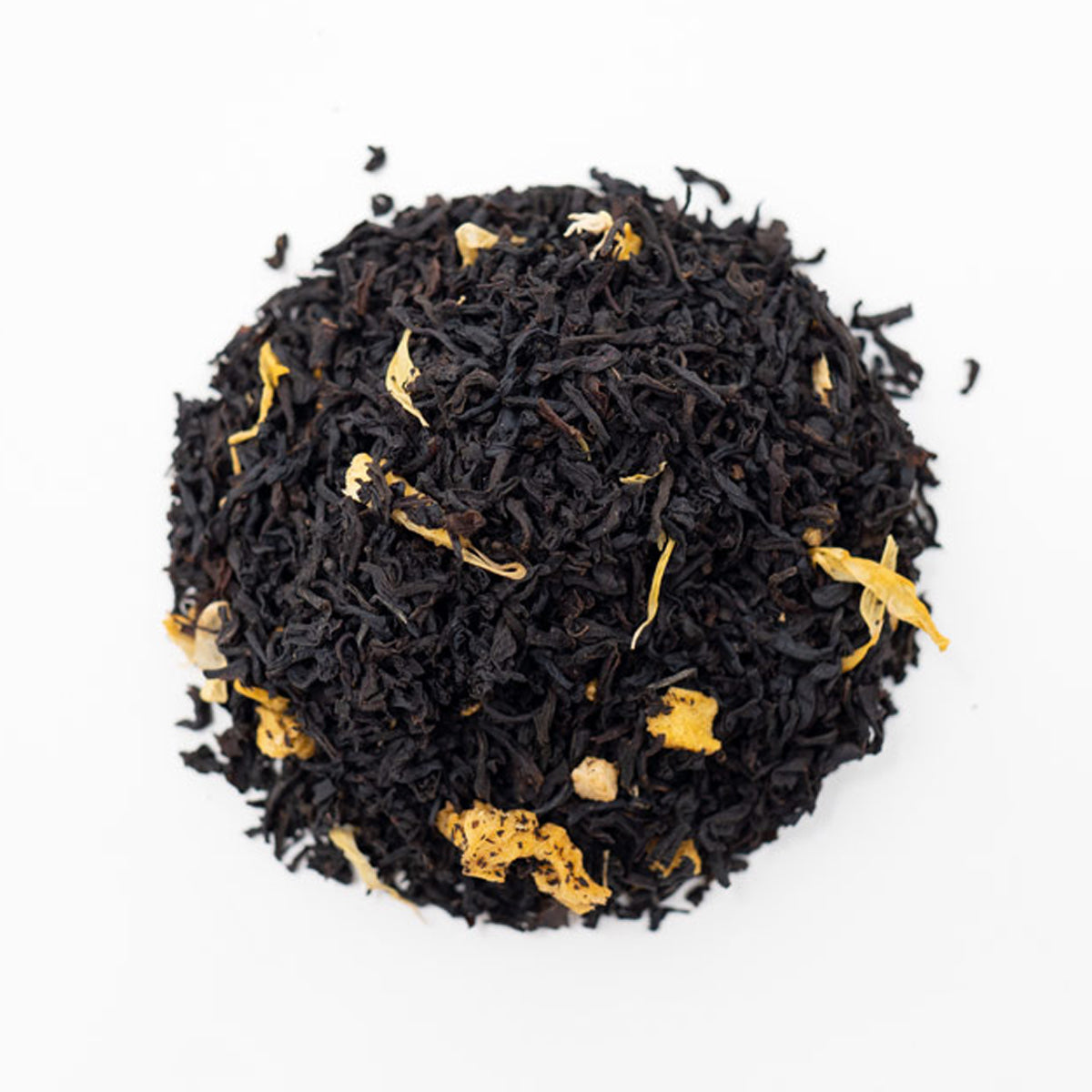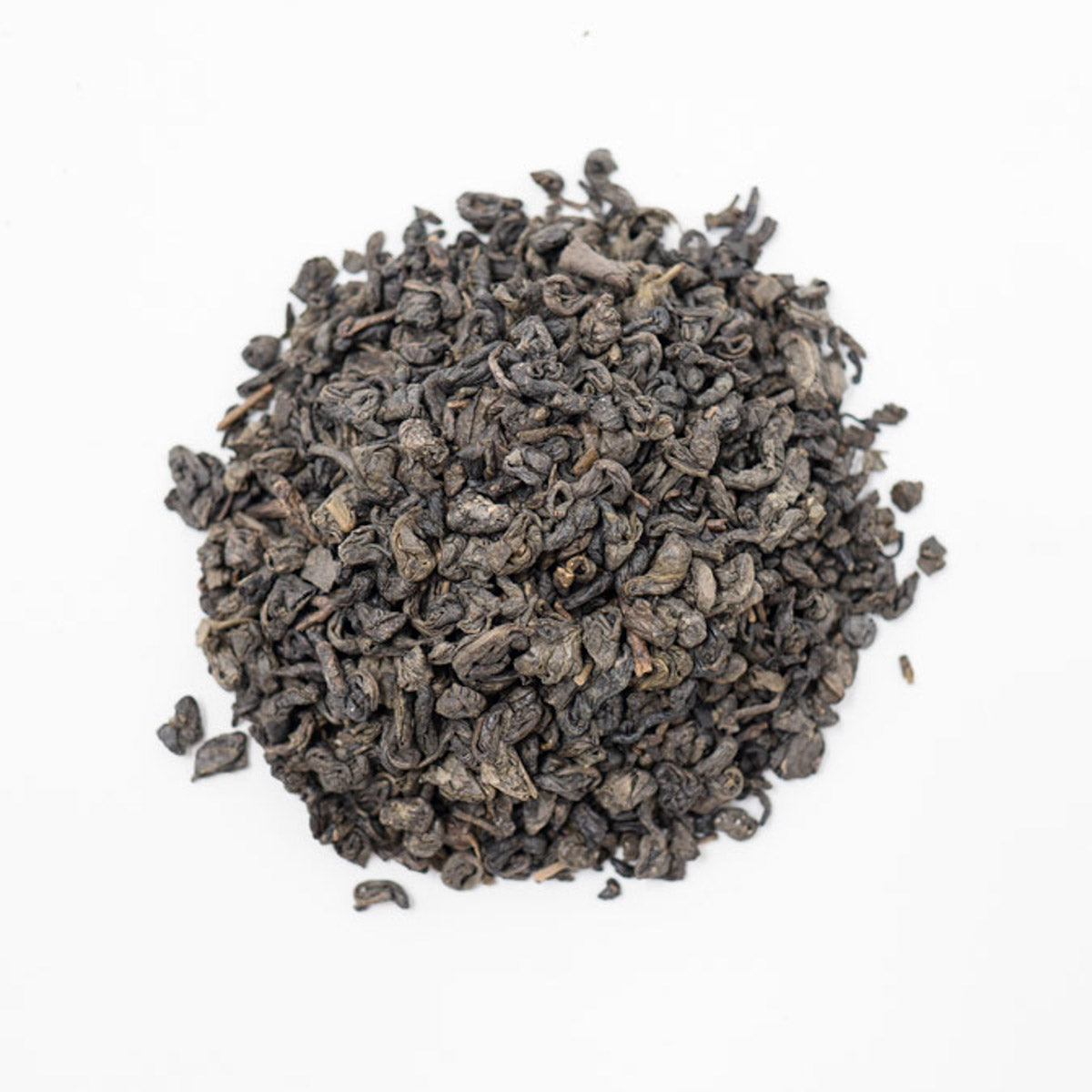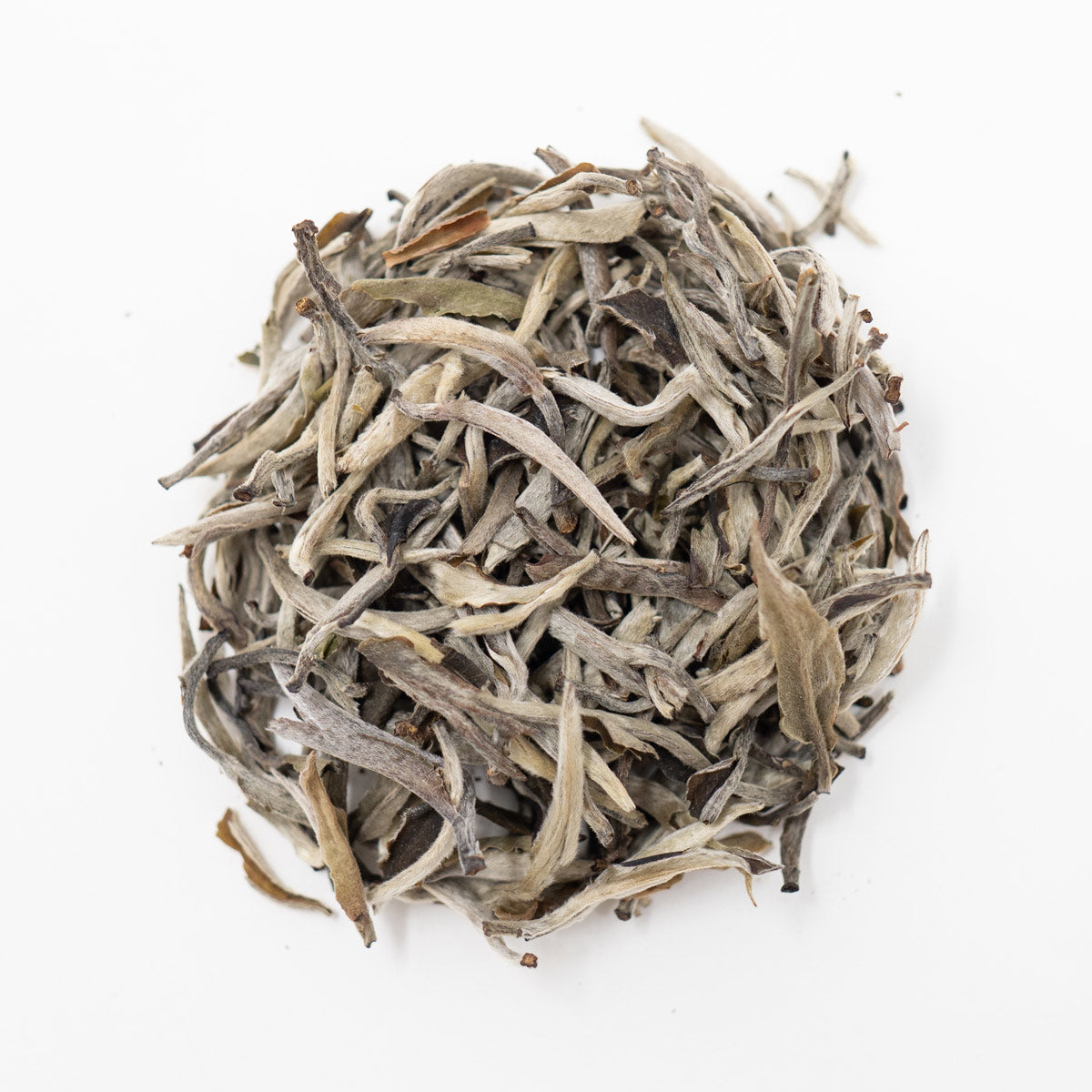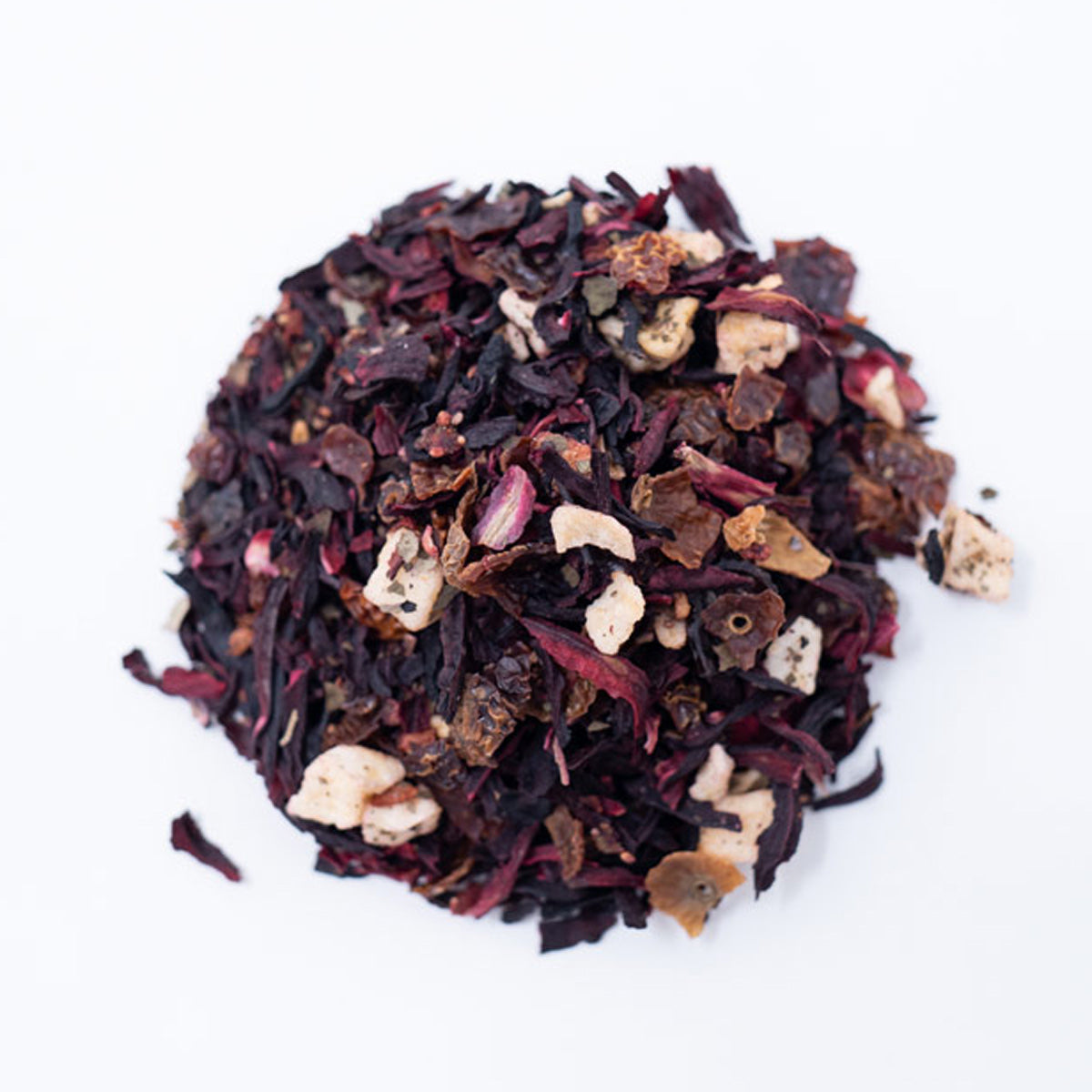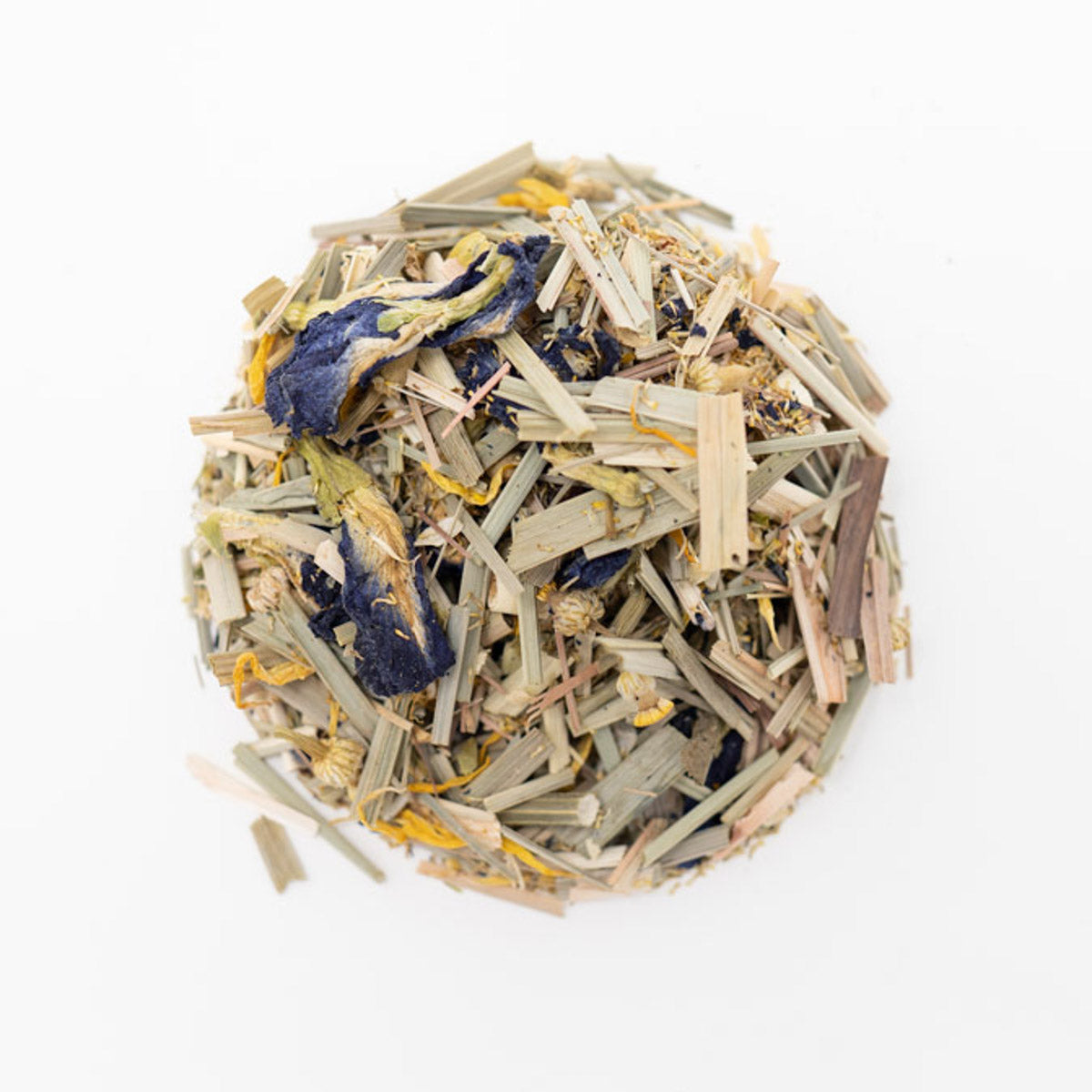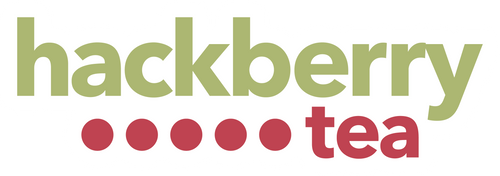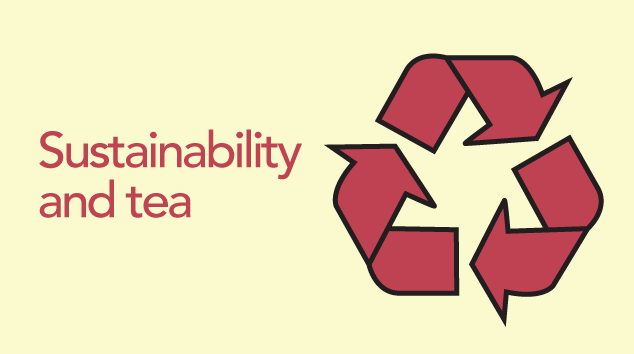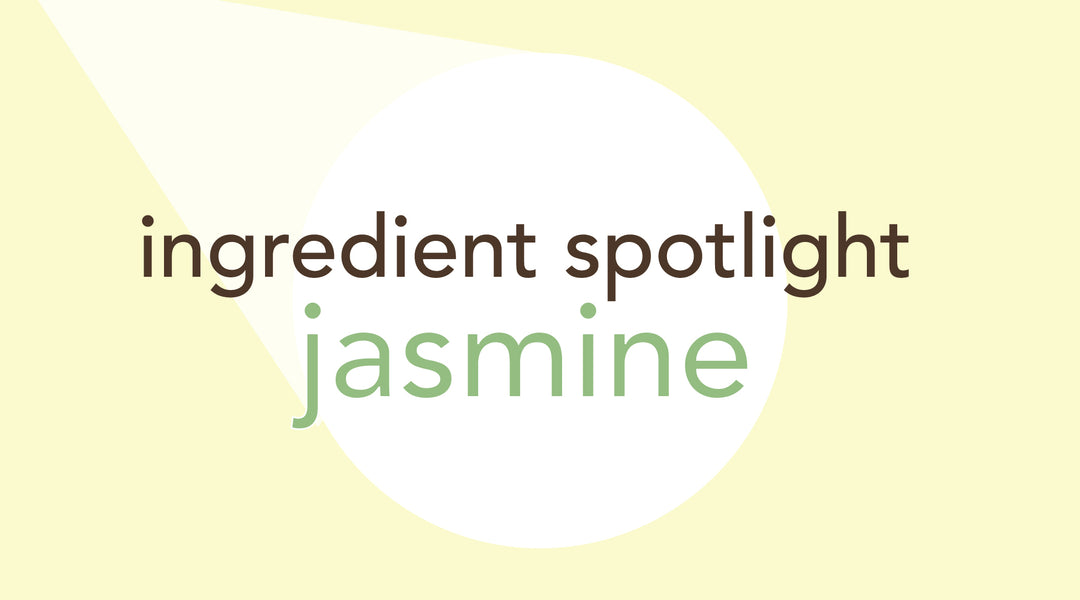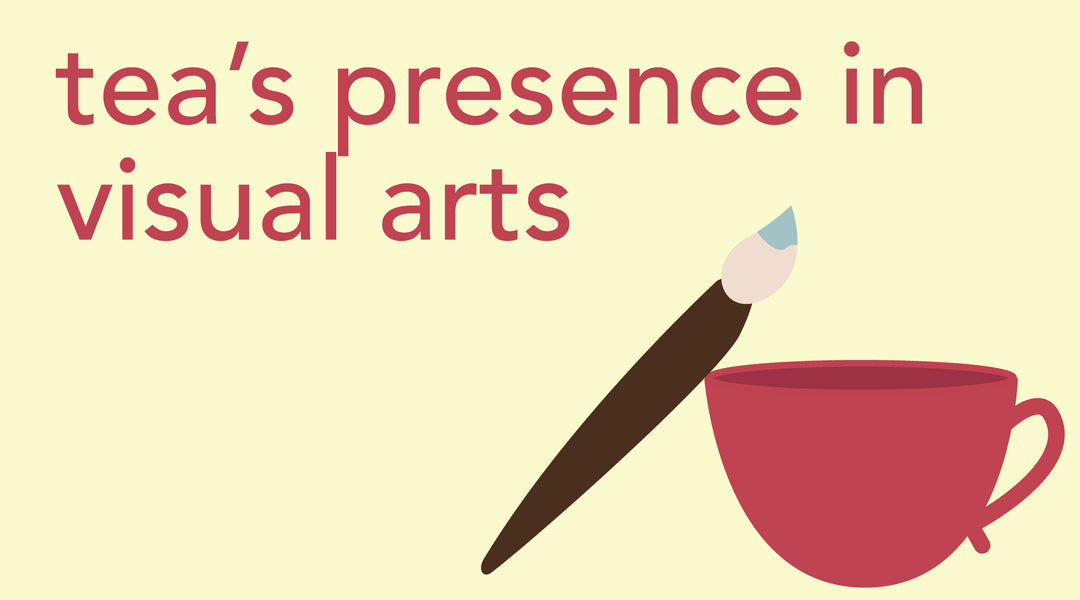English vs. Irish | What is Your Breakfast Tea of Choice?
Drinking hot tea has been a longstanding tradition in Europe, specifically in England and Ireland. English and Irish breakfast teas have been a staple for many households for their bold flavors and tannin levels. Breakfast teas were produced to accompany the traditional breakfasts served in each country and are often associated with the bold, robust flavors of black tea. The boost of caffeine they offer makes them the perfect breakfast accompaniment and morning pick-me-up.
A breakfast tea of any variety is simply a blend of black teas from China, Africa, and India. Many of the breakfast blends are processed using the CTC (cut, tear, curl) method to create a stronger and faster brew. The CTC processing technique uses whole leaves that are cut, torn, and curled into uniform-sized particles. They are full-bodied teas and are often served with lavish, filling breakfasts (i.e., English breakfast). Breakfast teas from Ireland and England have similar origins and are made with identical tea blends, but there are some distinct ways they contrast from each other. The primary difference between Irish and English Breakfast Tea is the ingredients.
Irish Breakfast tea emphasizes the use of Assam and has a more robust and intense flavor than English breakfast. Like their whiskey, the Irish enjoy their tea extra strong. The addition of Assam gives the tea a reddish hue, and it exhibits a malty flavor. Since dairy plays an important role in the Irish landscape, the tea blend is brewed strong and enjoyed with milk. In Ireland, the name "breakfast teas" can sometimes be misinformed. This is because Irish breakfast tea is consumed throughout the day. Irish tea drinkers were even known to consume up to six cups per day! It is believed that tea increased in popularity in Ireland when the British East India Company began producing tea in Assam.
English Breakfast tea is made with an assortment of black teas. Although English tea's exact genesis is questionable, the most popular theory is that it first came to be during Queen Anne's reign in the early 1700s. Queen Anne wanted a lighter beverage than ale to enjoy with the filling, classic English breakfast (eggs, meats, baked beans, toast, etc.). In addition to being the perfect meal accompaniment, English Breakfast was also used to promote digestion. Soon after, hot tea was served with breakfast all across England. English Breakfast tea was originally a blend of Chinese teas, but by the end of the 19th century, Ceylon tea from Sri Lanka was introduced, and it continues to be the main component. Despite the flavors not being as bold as Irish breakfast, it is still strong in flavor and is often prepared with milk and sugar.
English and Irish Breakfast tea continue to be two of the most popular teas and are staples in tea shops worldwide. Now that you better understand these two teas, you can try them for yourself with our delicious English and Irish Breakfast tea selections. Which one will become your breakfast tea of choice?
